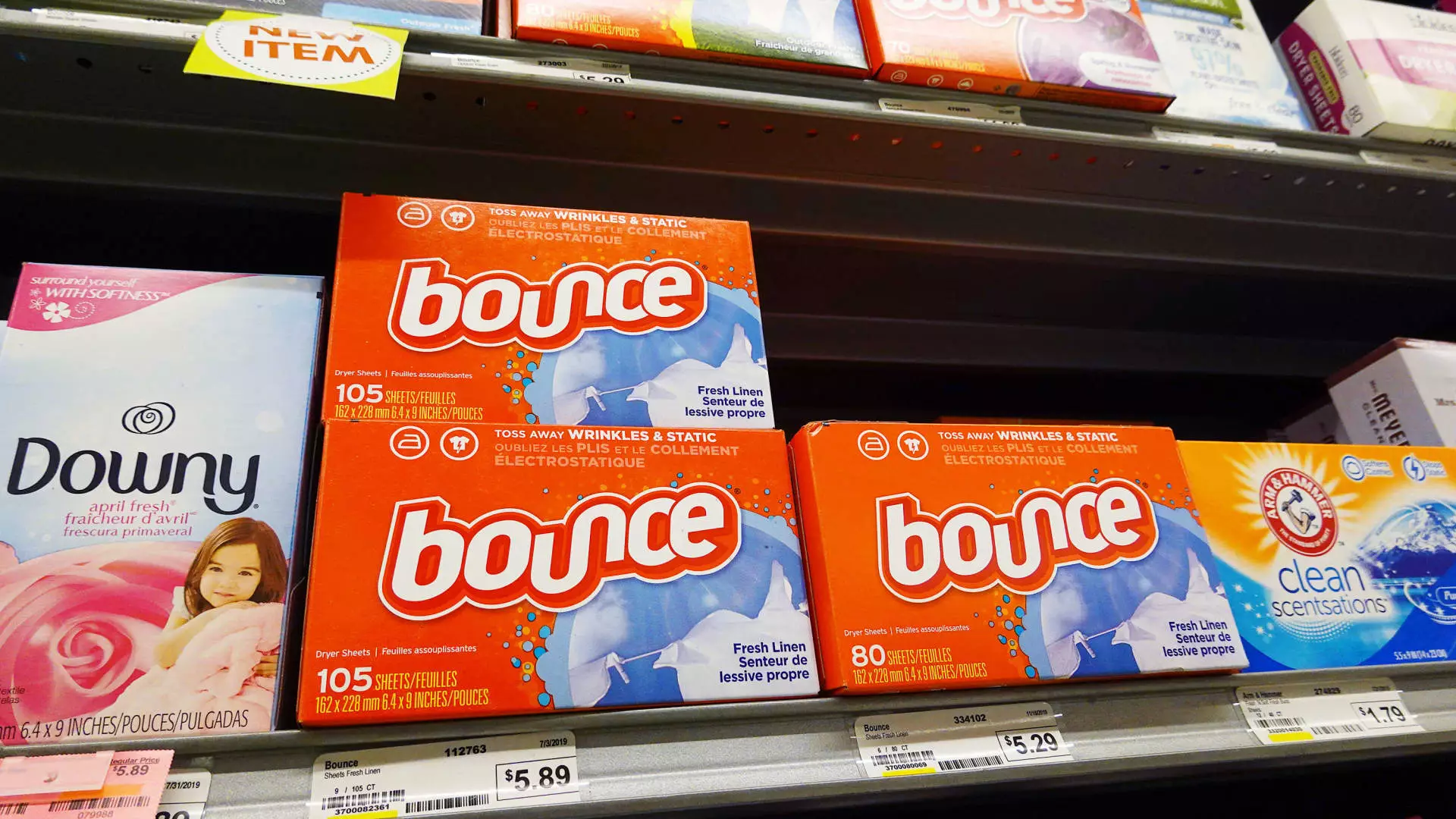Procter & Gamble (P&G), a titan in the consumer goods industry, recently unveiled its fiscal results for the first quarter, highlighting a mixed performance that has sparked concern among investors and analysts alike. The company reported numbers that fell short of market expectations, particularly in light of weak demand in one of its most crucial markets: China. This article delves into P&G’s financial performance, the factors contributing to the decline, and its outlook for the coming quarters.
In its latest earnings report, Procter & Gamble declared an adjusted earnings per share (EPS) of $1.93, modestly surpassing the analysts’ consensus of $1.90. However, the company’s revenue of $21.74 billion fell short of expectations, which had targeted $21.91 billion. These results prompted a 1% drop in the company’s share price during premarket trading, suggesting investor unease regarding the sustainability of P&G’s growth trajectory.
The fiscal first-quarter net income attributable to the company was reported at $3.96 billion, translating to $1.61 per share, a notable decline from the previous year’s figures of $4.52 billion and $1.83 per share, respectively. While the company managed to exhibit a 2% rise in organic revenue—excluding foreign exchanges, acquisitions, and divestitures—this growth was countered by a 1% decrease in net sales, bringing it down to $21.71 billion. The volume sold during this quarter remained flat, signaling stagnation in demand despite price hikes meant to drive revenue.
A particularly sharp contrast emerged within P&G’s regional performance. While the U.S. market showed resilience, with volume growth across eight of the ten categories, the situation was grim in Greater China. CFO Andre Schulten pointed out that the company experienced volume declines specifically in its hair care and oral care segments in this critical market. The ongoing challenges highlight the discrepancies in consumer behavior and market stability between the U.S. and China.
P&G’s anticipation regarding Chinese market recovery is tempered by cautious optimism. Schulten indicated that the company forecasts a prolonged period of weakness, a sentiment echoed by broader market observations that the Chinese economy may take time to rebound despite governmental initiatives aimed at stimulating growth. This insight underscores the volatility and unpredictability that multinational corporations face in emerging markets.
Diving deeper into P&G’s business segments, the beauty division encountered noteworthy struggles, experiencing a 2% decline in volume. The skin care category was particularly hard hit, with organic sales plummeting over 20%. This downturn was attributed to the difficulties faced by the premium SK-II brand, which has not regained its pre-pandemic momentum since the lifting of lockdowns.
Conversely, some P&G segments showcased robust growth, with the grooming division, which encompasses brands like Gillette and Venus, reporting a 4% rise in volume. The company credited this surge to innovation-driven initiatives, suggesting a targeted strategy aimed at regaining market share amidst a backdrop of declining sales in other areas.
The fabric and home care division also marked a 1% increase in volume, reflecting steady demand for household staples like Tide and Febreze. This varied performance across sectors paints a complex picture of P&G’s operational landscape, revealing both vulnerabilities and strengths.
Despite a challenging quarter, P&G has reiterated its forecast for fiscal 2025, expecting core net earnings per share to range between $6.91 and $7.05, along with revenue growth projected at 2% to 4%. This cautious optimism suggests that the company is banking on strategic innovations and possible recovery in consumer demand to steer its performance in the upcoming quarters.
While Procter & Gamble continues to navigate through turbulent economic waters, the mixed results and forward-looking statements reveal a company that is grappling with significant challenges but is also strategically positioning itself to harness future growth opportunities. As global economic dynamics evolve, P&G’s ability to adapt will be crucial in maintaining its status as a market leader.

Leave a Reply